nh1476@bristol.ac.uk
School of Chemistry
University of Bristol
Lighter than air
|
Chemists Montgolfier brothers Gas balloons Airships and blimps Modern hot air balloons Rozier balloons Special shapes |
The Montgolfier Brothers
In 1782, while watching a fire in his fireplace, Joseph became interested in the "force" that caused the sparks and smoke to rise. He made a small bag out of silk and lit a fire under the opening at the bottom causing it to rise. The brothers thought the burning created a gas which they called "Montgolfier gas". They didn't realize that their balloons rose because the heated air inside was lighter than the surrounding air.
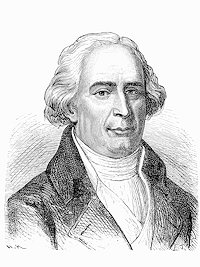
|
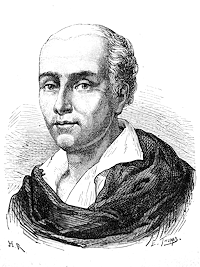
|
| J.M. Montgolfier (left) and J.E. Montgolfier (right) | |
Joseph was first inspired by the clouds and dreamed of floating amongst them. His first experiment was to fill a paper bag with steam. It was unsuccessful, yielding no more exciting findings than a sodden mass of paper. Joseph's brother, Etienne, attempted to make a paper bag float with hydrogen gas obtained from sulphuric acid and iron filings, but with little immediate success.
In 1782, small-scale success was achieved when a hot air-filled taffeta envelope was seen to rise to the ceiling. The brothers were inspired and they began to think BIG.
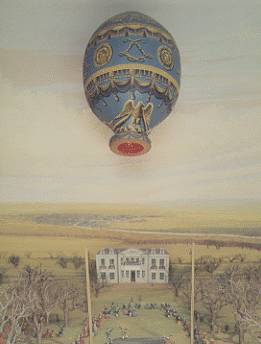
|

|
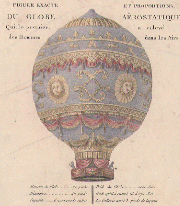
|
| http://www.geocities.com/tommy_kwan/Montgolfier.html http://www2.eng.cam.ac.uk/~dmh/gcc/engineer98/ceballoons.htm |
||
The first public demonstration of a hot air balloon was made on 4th June 1783. With more taffeta, rope and sky-high hopes, what was really no more than a 38ft paper-lined linen bag took to the sky. The paper was lined with alum for fireproofing and the segments were held together by over 2000 buttons. This contraption rose to a height of 1000m and flew for over a mile.
On September 19th, the Montgolfier brothers conducted a royal demonstration in Versailles. A sheep, a duck, and a rooster become the first hot air balloon passengers. King Louis XVI was not impressed by the stench of the dense smoke, but the brothers believed at the time that it was the smoke that was causing the balloon to rise. Wool, straw and old shoes were used to try and make the densest smoke possible. It was only until later that it was realised that it was the heat that was important, not the smoke.
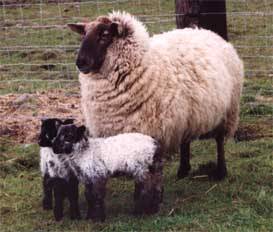
|
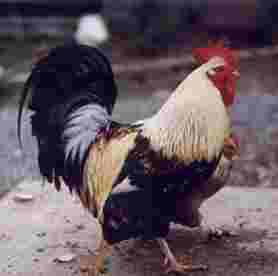
|

|
|
http://www.sheepthrillz.com/photos.htm
http://www.welsummer.co.uk/goldckl.JPG http://www.liveducks.com/photo2m.html |
||
The first manned balloon flight took place on November 21st 1783, more than a century before the Wright Brothers took to the skies. A concept arrived at from staring at a fire had become a reality within a single year! Jean-François Pilâtre de Rozier (a physicist) and François Laurent, Marquis d'Arlandes were the first human pilots of an untethered flight.